1. The Value of Social Capital
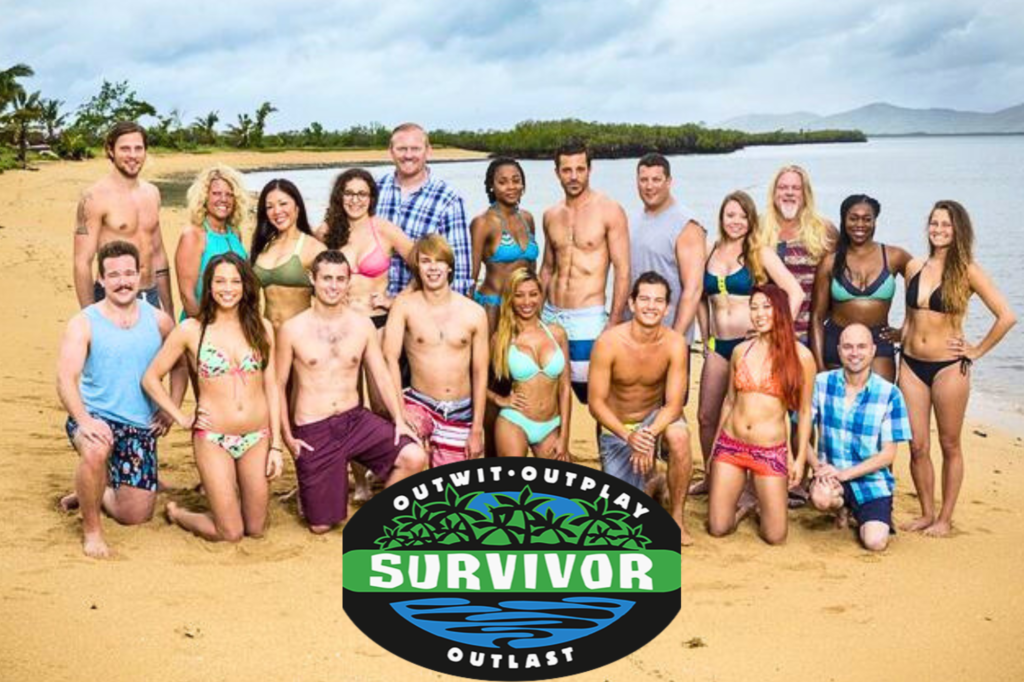
In shows like Survivor, the most physically capable contestant often gets voted out, proving that a strong social alliance is as crucial as strength or smarts. Survival in a crisis, whether a natural disaster or a wilderness emergency, hinges heavily on cooperation and trust. A well-built social network ensures resource sharing, division of labor, and collective emotional support, which are empirically proven to increase overall survival rates in long-term isolation or chaotic environments. Forming bonds and being perceived as valuable and trustworthy is a real-world survival skill.
2. Don’t Run from Predators
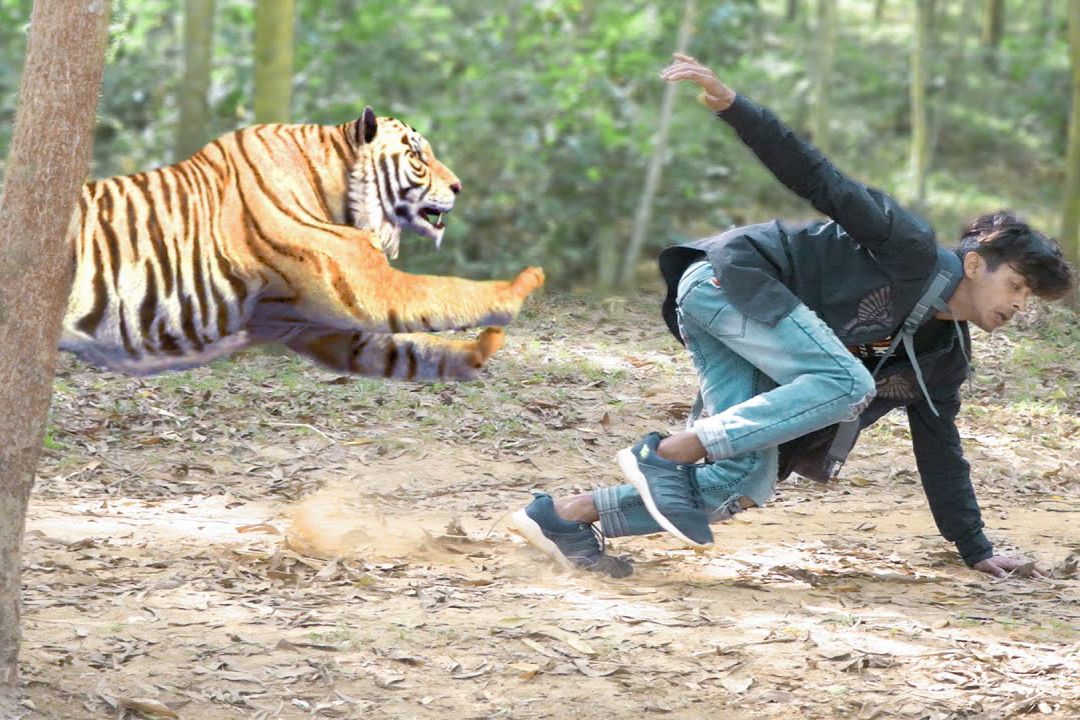
Countless nature documentaries and fictionalized animal encounters show humans fleeing, which is often the worst strategy. For large predators like bears, cougars, and wolves, running triggers their chase instinct, as they are significantly faster than a human. The correct, research-backed advice is generally to remain calm, stand your ground (make yourself look large), make noise, and back away slowly to de-escalate the encounter. Only a direct, aggressive attack warrants fighting back with full force, targeting sensitive areas like the eyes or nose.
3. CPR is Not a Quick Fix
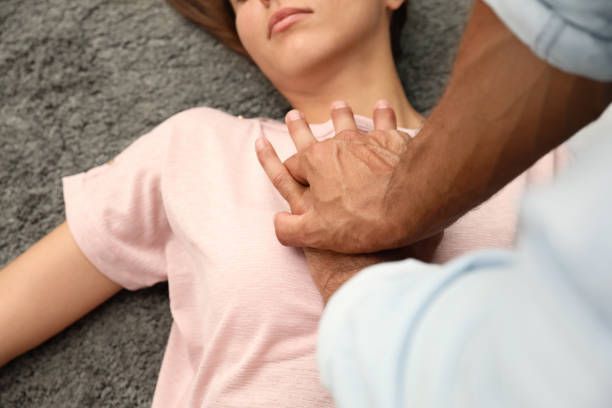
In medical dramas and action films, cardiopulmonary resuscitation (CPR) is often depicted as a guaranteed, rapid resurrection, saving victims within minutes. The factual reality is that CPR is a life-prolonging technique to keep blood circulating until professional medical help arrives, not a reliable method for immediate revival. The real-world survival rate for out-of-hospital cardiac arrests is relatively low, ranging from 2% to 30% depending on the cause and setting. Learning proper CPR is vital, but unrealistic TV depictions set false expectations for its effectiveness and duration.
4. Basic First Aid Kit Essentials

The sheer number of injuries on everything from wilderness shows to historical dramas reinforces the need for basic medical supplies. Cuts, burns, and breaks are inevitable. Having a well-stocked first aid kit with sterile bandages, antiseptic, pain relievers, and a means to splint or stop bleeding is an empirical necessity for managing minor trauma before it becomes infected or life-threatening. Even mundane items like duct tape and safety pins, often seen being creatively used on screen, prove invaluable for field repairs and makeshift medical support.
5. Never Ignore the ‘Rule of Threes’
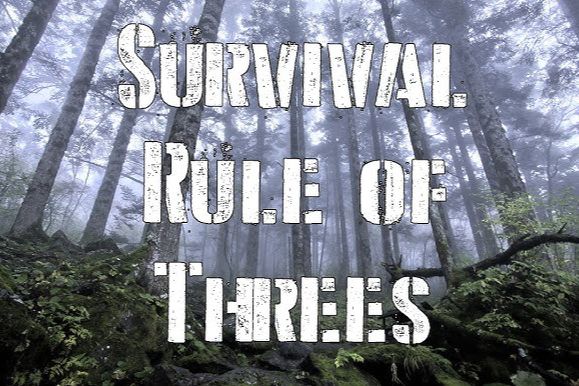
Survival reality shows, despite the drama, constantly underline the core necessities. The ‘Rule of Threes’ is a genuine survival tenet: you can survive about three minutes without air, three hours without shelter in extreme conditions (heat or cold), three days without water, and three weeks without food. The emphasis TV places on immediately finding or creating shelter, water, and fire, even with questionable execution, accidentally highlights the correct priority. Water purification and shelter construction are immediate, life-or-death skills, while food acquisition is a secondary priority.
6. The Psychological Toll is Real
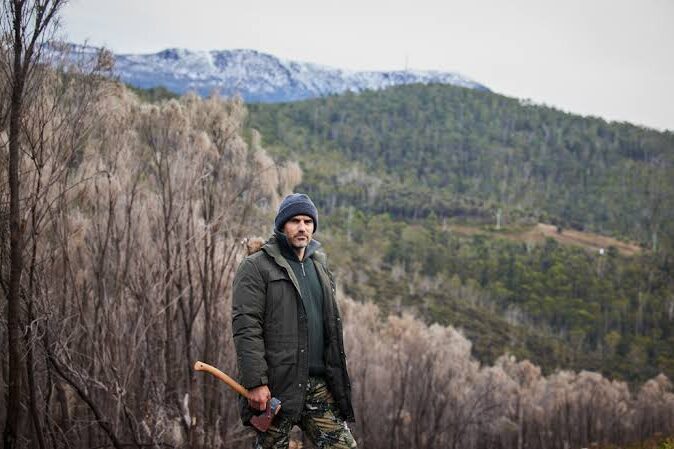
From deserted island mysteries like Lost to post-apocalyptic scenarios, the mental breakdown of characters is a frequent plot point. This unintentionally teaches that the mind is the first thing to fail in a true survival situation. Anxiety, despair, and ‘learned helplessness’, a state where one gives up trying to escape or cope, are real phenomena observed in survival studies. Maintaining purpose, routine, and a positive mental attitude, as modeled by the more resilient characters, is a key, science-backed component of long-term survival and rescue.
7. Fire is a Multipurpose Tool
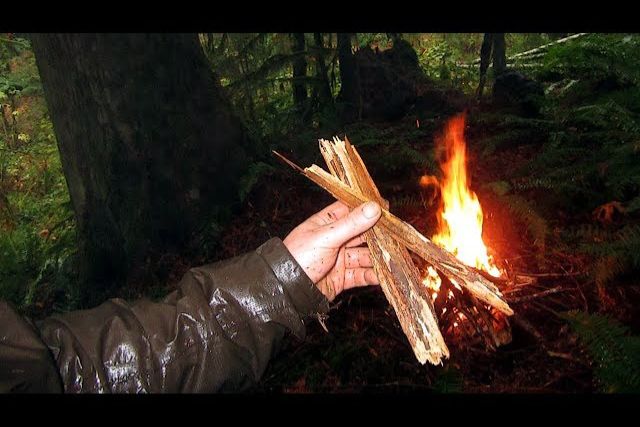
Every survival program emphasizes fire, and for good reason: it’s not just for warmth. Fire is a multifaceted survival tool providing heat, a means to purify water through boiling, a way to cook food (making it safer and easier to digest), and a critical signaling method for rescuers. Furthermore, the presence of fire offers a psychological boost, provides security by deterring animals, and can sterilize instruments. Its constant visual presence on TV accurately reflects its top-tier necessity in the wild.
8. Adaptability Over Specialization
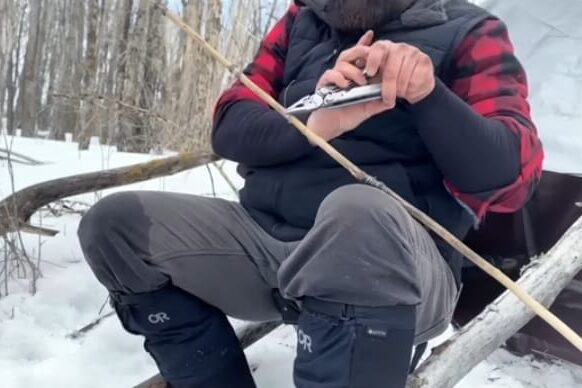
The most successful characters in long-form survival TV are rarely the one-trick specialists; they are the generalists. The necessity of a sturdy, multi-use knife to build tools, often shown on screen, symbolizes the need for adaptability. Real survival favors those who can pivot from building a fire to setting a snare to basic wound treatment, rather than those who excel at only one skill. The ability to innovate with limited resources, a recurrent theme when characters are forced to scavenge, is a genuine measure of survival competence.
9. Always Purify Your Water

The mistake of drinking untreated water, leading to sickness, is a common dramatic device in fictional survival. This reinforces a crucial, factual lesson: do not drink still or untreated water. Waterborne pathogens like bacteria and protozoa can cause violent diarrhea and vomiting, leading to rapid, severe dehydration, a major cause of death in the wilderness. The televised methods of boiling or using rudimentary filters, while often dramatized, correctly point to the absolute necessity of water purification before consumption.
10. Don’t Wait to Treat a Wound
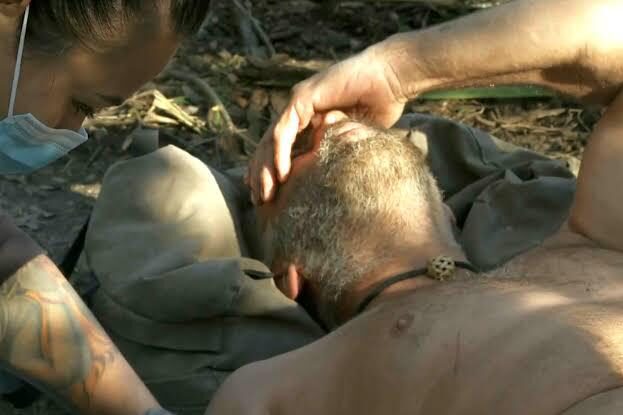
Minor cuts and scrapes, which quickly turn into life-threatening infections on screen, inadvertently teach a strong lesson about medical hygiene. In survival situations, even a small wound can turn septic due to exposure to dirt and lack of proper cleaning. Immediate and consistent wound care, cleaning, disinfecting, and covering, is essential. The use of unconventional or natural antiseptics by characters, though sometimes fictional, is a reminder that preventing infection is a primary, time-sensitive survival task.
11. Learn How to Tie Basic Knots
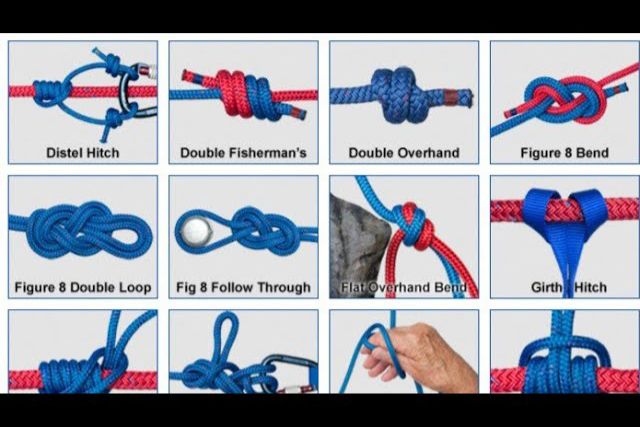
Whether characters are building shelter, making a raft, setting snares, or climbing, a variety of ropes and knots are constantly in use. This repetition emphasizes the functional importance of knowing basic knot-tying skills like the square knot, bowline, and figure-eight. A poorly tied knot can lead to structural failure, injury, or loss of critical resources. TV shows accidentally teach that a simple length of cordage is useless without the technical know-how to secure it correctly.
12. Prioritize Signaling for Rescue
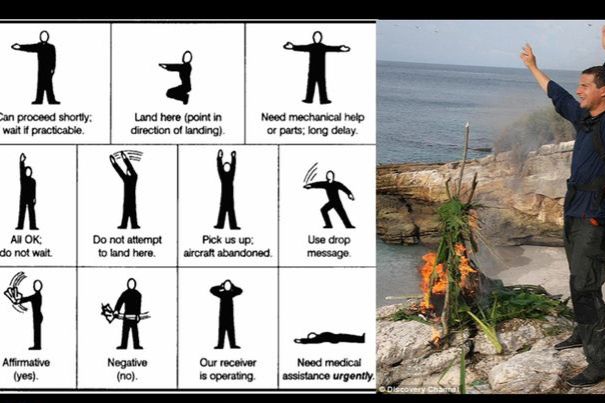
The consistent attempts by characters to signal passing ships, planes, or search parties, using smoke, mirrors, or ground-to-air signals, highlights the main objective: getting found. Survival is not just about living off the land; it’s about ending the isolation. Creating a large, contrasting signal (like a bright fire or a huge SOS on the ground) and maintaining a rescue beacon or radio, if available, is the most statistically effective path to safety, often outweighing all other daily survival tasks.
13. Maintain Situational Awareness
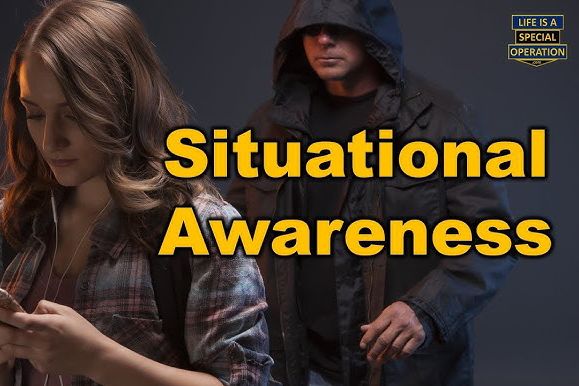
In any suspense or action series, the characters who fail are often the ones who stop paying attention to their surroundings. This dramatic device underscores the real-world need for constant situational awareness. In the wilderness, this means observing animal tracks, weather changes, and potential hazards like unstable terrain or venomous creatures. In an urban crisis, it means monitoring for threats, safe zones, and resource opportunities. Vigilance reduces the risk of stumbling into an easily avoidable, fatal mistake.
14. Sleep is Not a Luxury
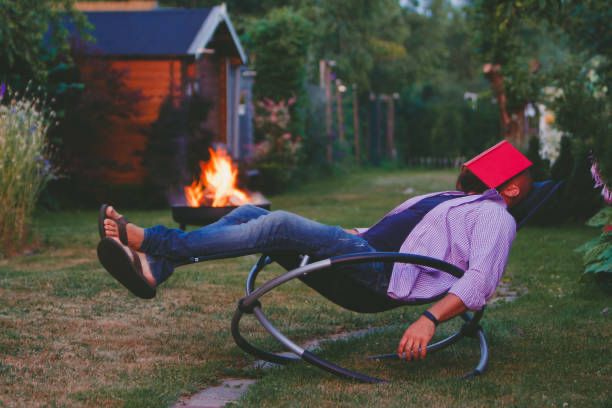
The exhausted, delirious look of many fictional survivors after days without rest is a cautionary tale. Sleep deprivation rapidly degrades cognitive function, impairing judgment, problem-solving, and coordination. This makes simple tasks dangerous and complex decisions impossible. Prioritizing rest, even short naps, is essential for maintaining the mental clarity needed to make good survival choices, build effective shelter, and execute a plan for rescue.
15. The Importance of Layered Clothing
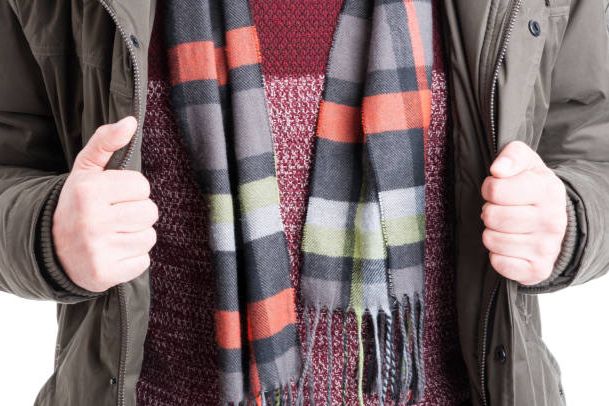
Characters in survival scenarios are often seen stripping off or adding layers of clothing as temperatures change, even if they aren’t explicit about the lesson. This demonstrates the key principle of thermoregulation. Wearing multiple, thin layers allows a person to trap heat more effectively than one thick layer and to shed layers before sweating, which prevents a dangerous body cooling process called evaporative heat loss. Proper layering, often taught as a core outdoor skill, is vital for preventing both hypothermia and heat stroke.
16. Carry a Reliable Knife
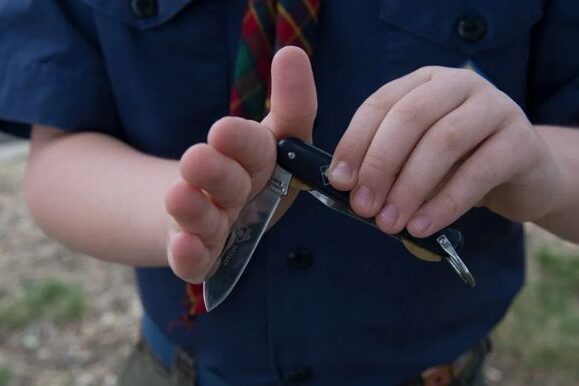
Whether it’s the hero’s trusty blade or a piece of found metal, a knife is the single most important tool featured in survival stories. This emphasizes the factual utility of a sturdy, full-tang blade in the field. It is indispensable for processing wood for fire and shelter, preparing food, administering first aid, creating other tools, and self-defense. The need for a dedicated, high-quality cutting tool is a lesson television has reinforced thousands of times.
17. Simple Traps are Better Than Hunting

While TV occasionally features dramatic hunting scenes, the characters who consistently secure food often rely on simple, static methods. This mirrors the real-world strategy where snares, deadfalls, and fishing lines are far more energy-efficient and reliable than actively hunting. Survival demands the conservation of calories, so building a passive trap that works while you’re focused on water or shelter is a more sustainable and accurate survival technique.
18. Conserve Your Resources Wisely

Any show featuring a dwindling supply of food, water, or medicine, like a long sea voyage or a bunker situation, is a lesson in rationing. The dramatic tension comes from making the limited last, and this scarcity teaches a core survival truth: use only what is absolutely necessary. This applies to food and water as well as energy (your own physical strength) and tools. Conserving energy by moving slowly and deliberately is just as important as conserving your last match.
19. Identify Edible Plants Carefully
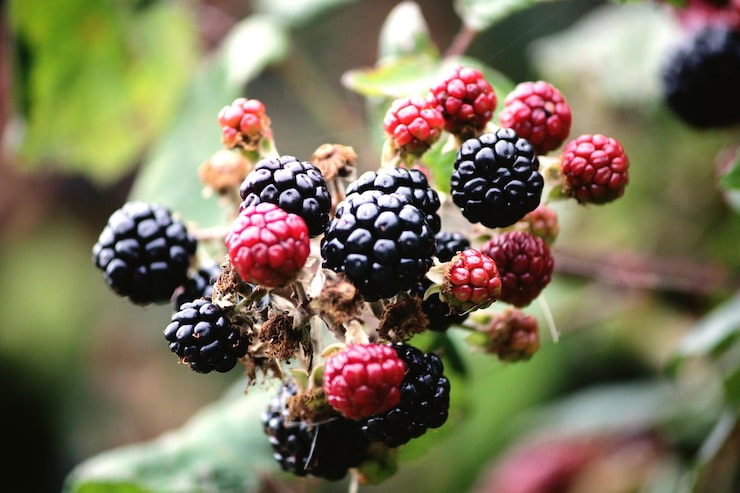
The dramatic risk of eating the wrong berry or mushroom is a perennial plot device. This is a factual warning: never consume a plant you cannot positively identify as safe. Many poisonous species closely resemble edible ones, and ingesting them can lead to crippling illness, which is a death sentence in the wilderness. The correct, research-backed advice is to stick to recognizable sources like fish or game, or only consume a plant after learning specific, local foraging knowledge.
20. Teamwork Divides the Labor
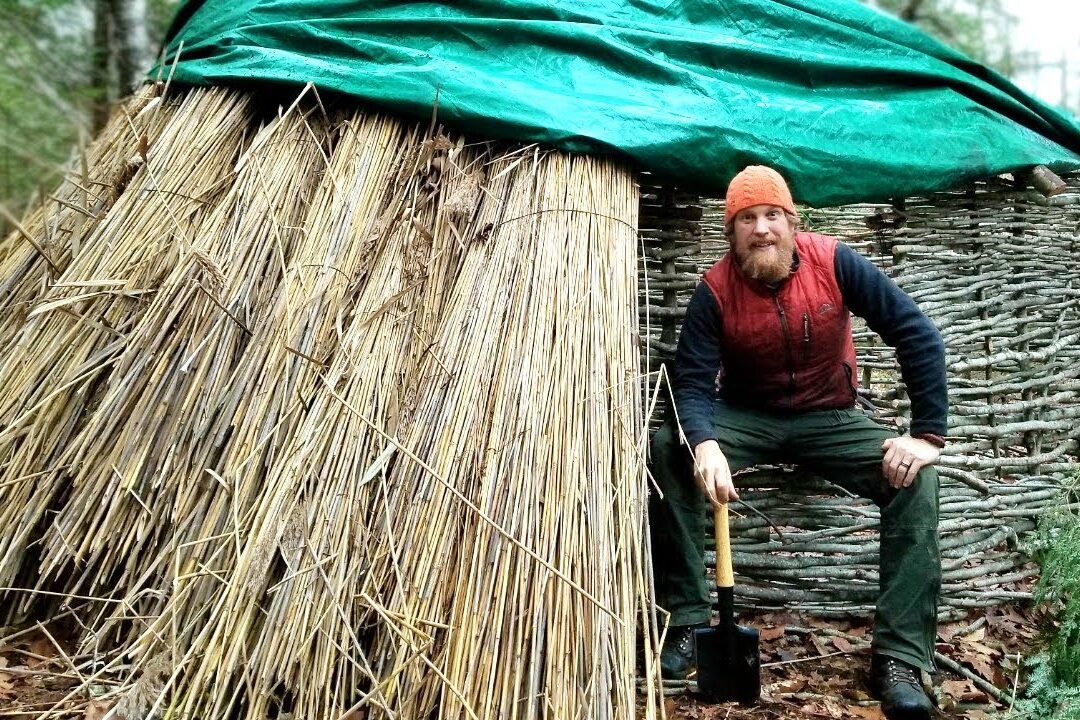
From the crews of starships to the survivors of a disaster, the need for individuals to take on specific, complementary roles is an overarching theme. This is the simple, real-world lesson that survival is a team sport. By dividing critical tasks, one person secures water, one builds shelter, one finds fuel, one signals, a group can accomplish the necessary priorities much faster and more efficiently than one person attempting everything alone. Cooperation is a multiplier for survival efforts.
It turns out that beneath the layers of dramatic license and Hollywood effects, the core struggles of survival remain constant, and the basic principles of human resilience and resourcefulness shine through. Next time you’re watching a plane crash or a zombie apocalypse, remember: even the most outlandish fiction might be giving you a surprisingly good reminder to keep your skills sharp.
This story 20 Survival Lessons TV Accidentally Taught Us was first published on Daily FETCH


